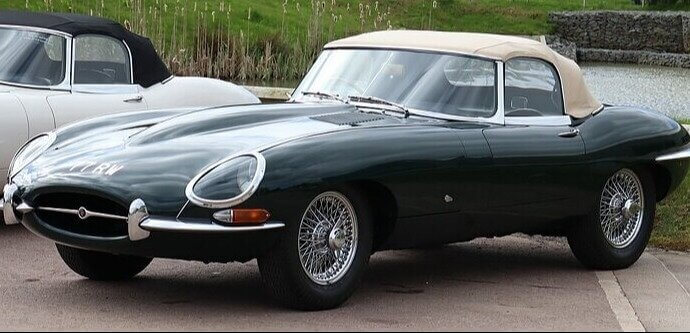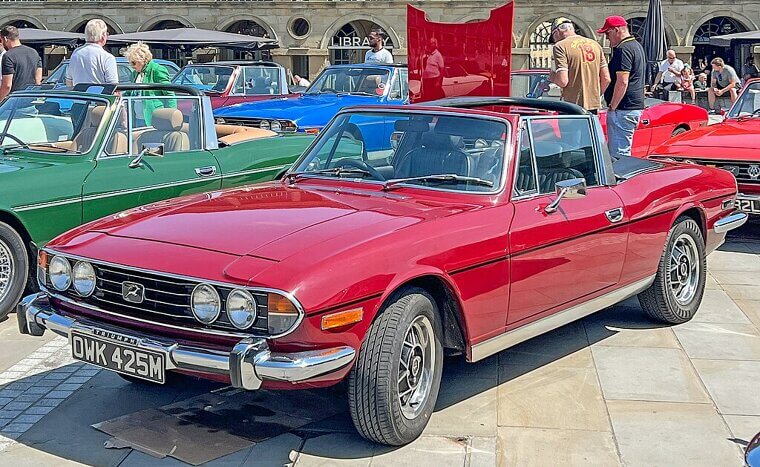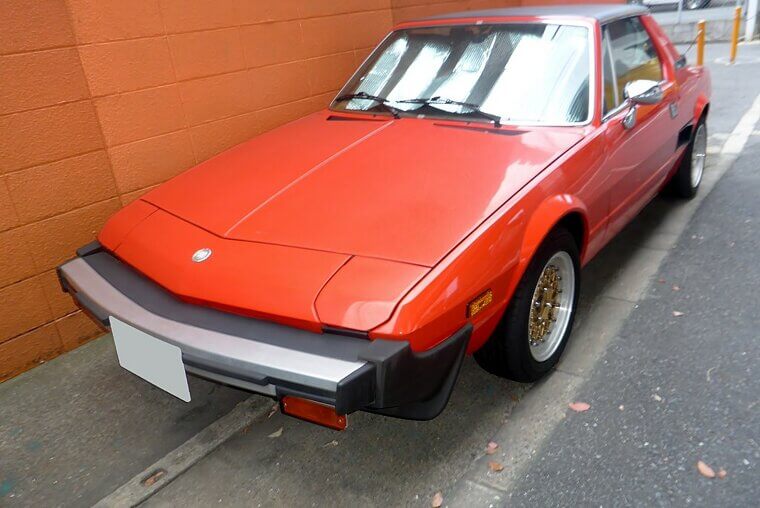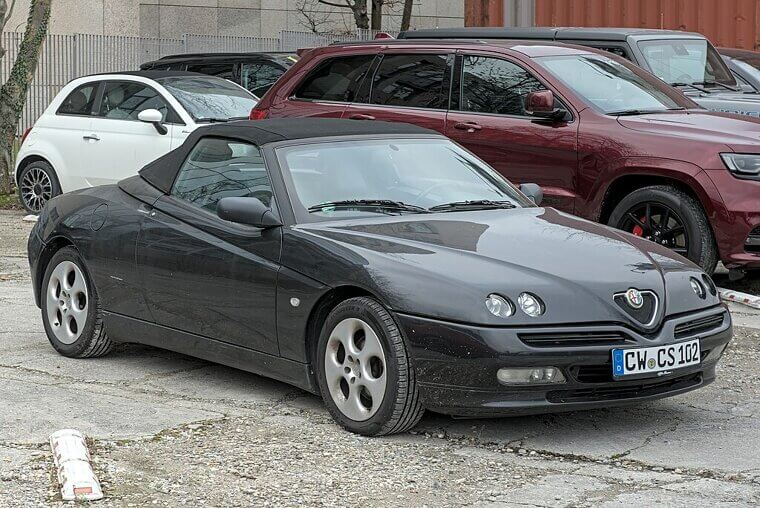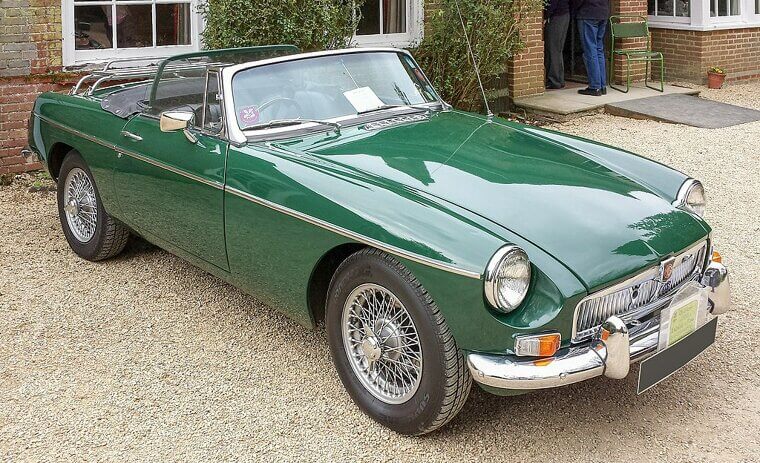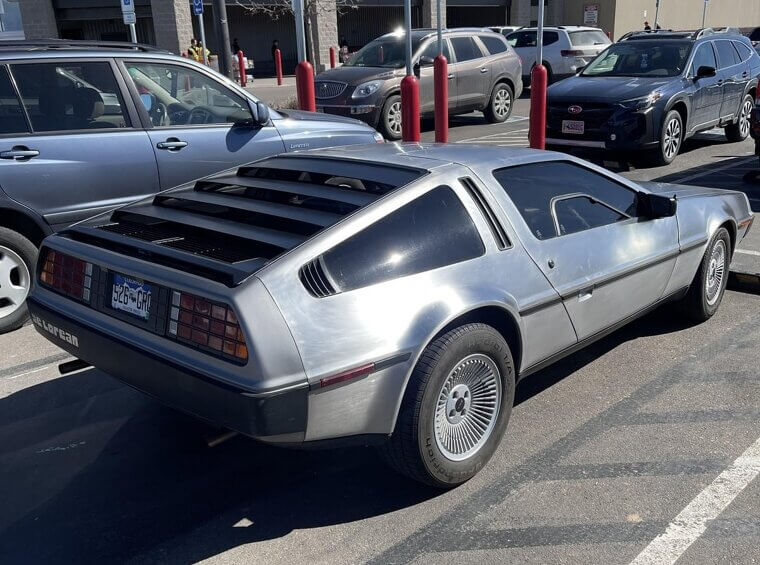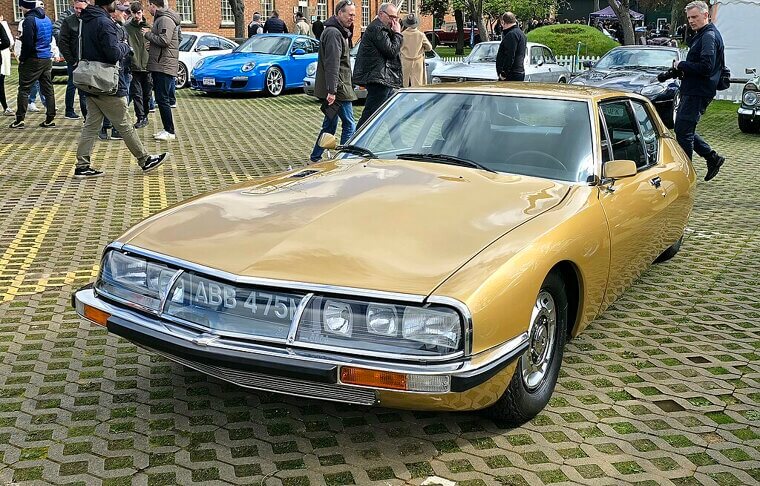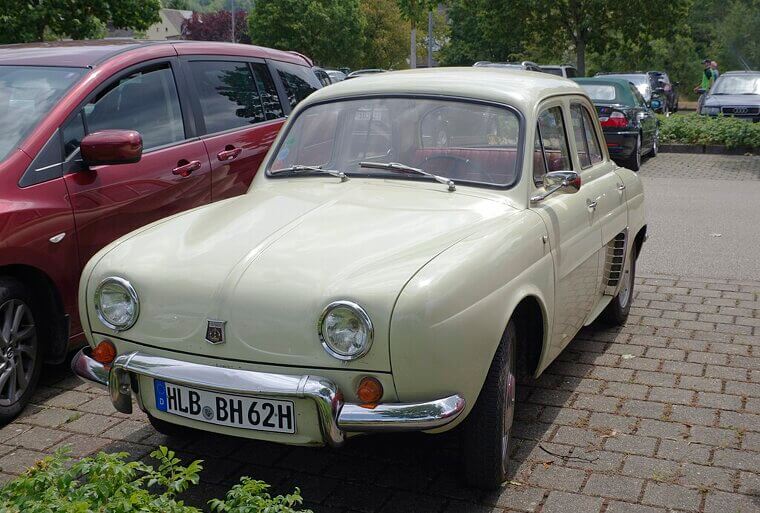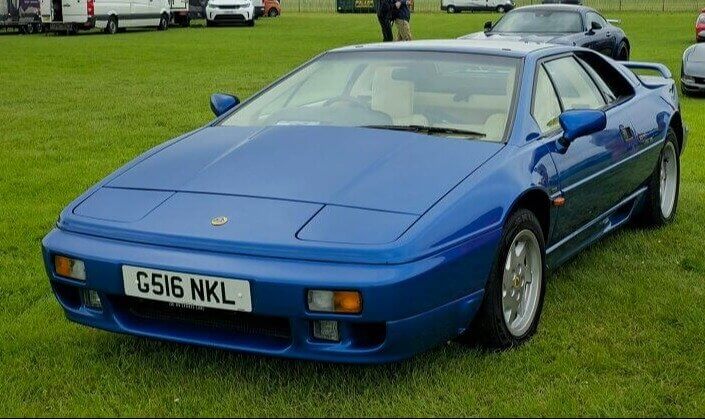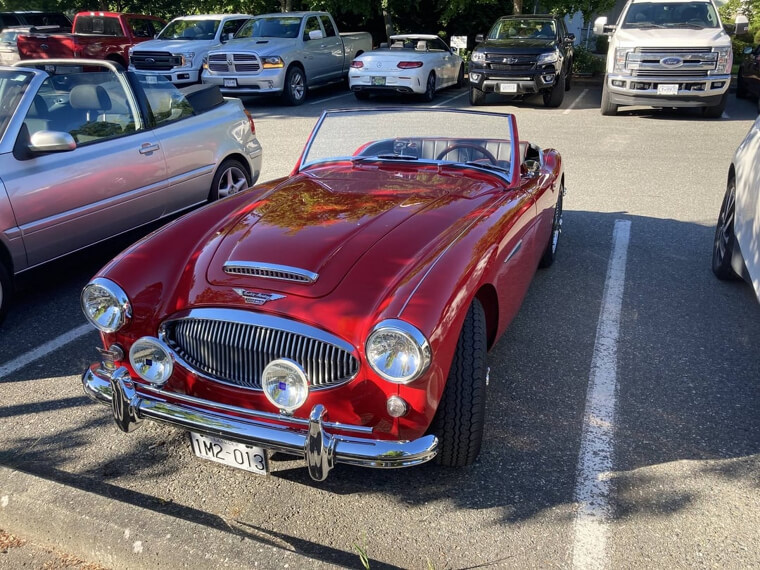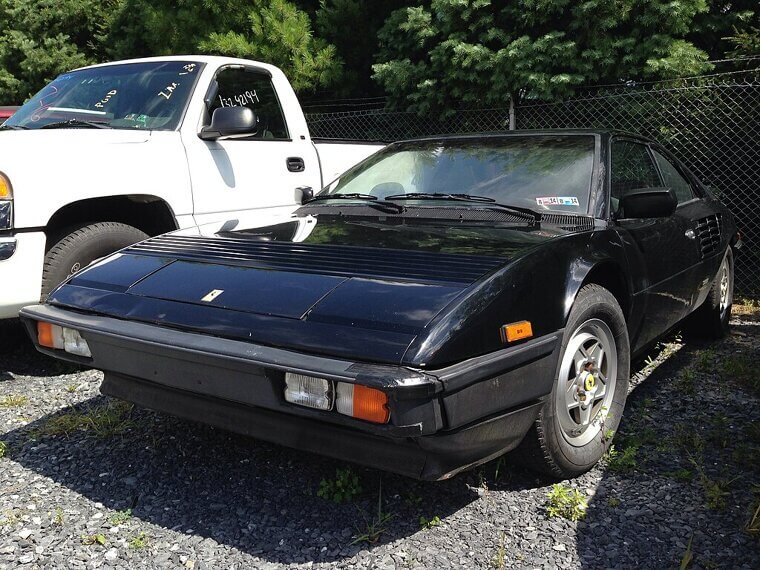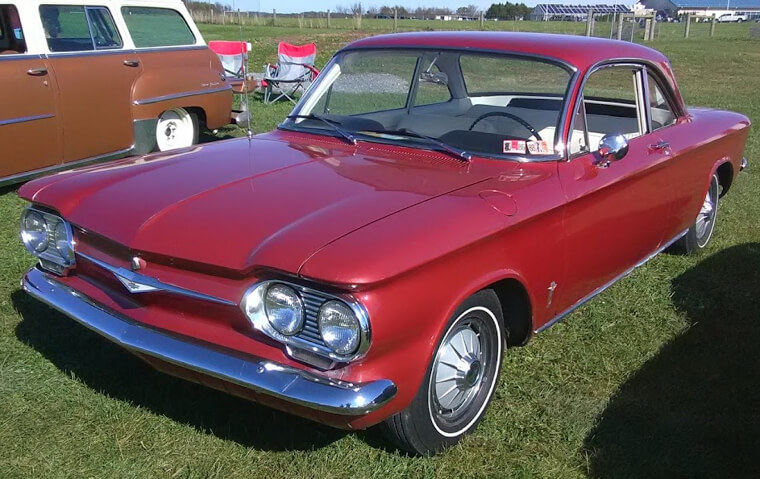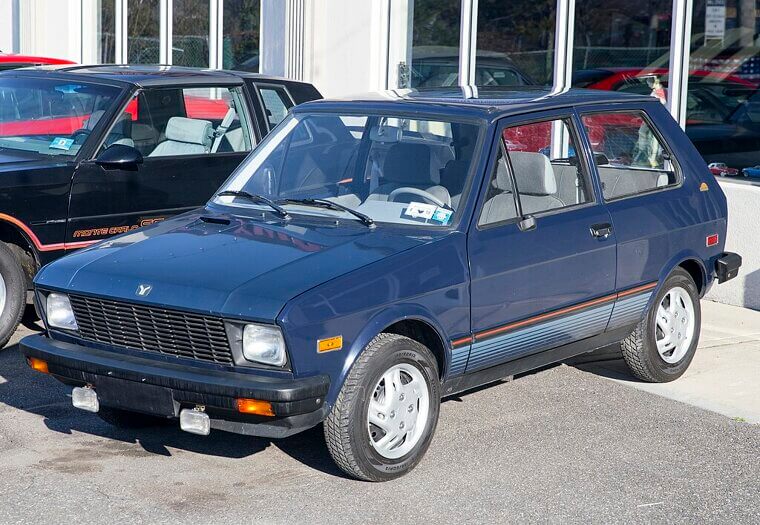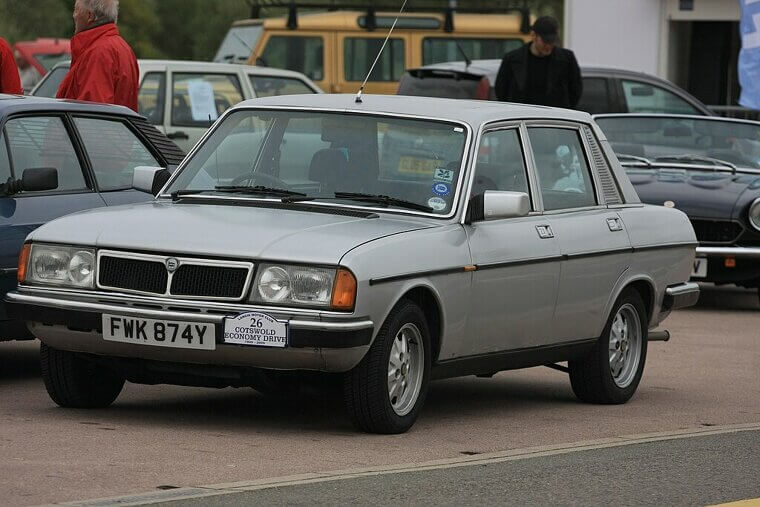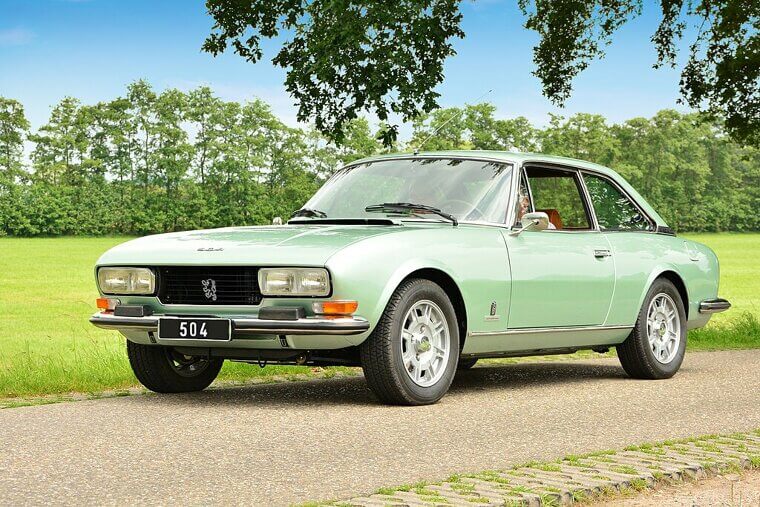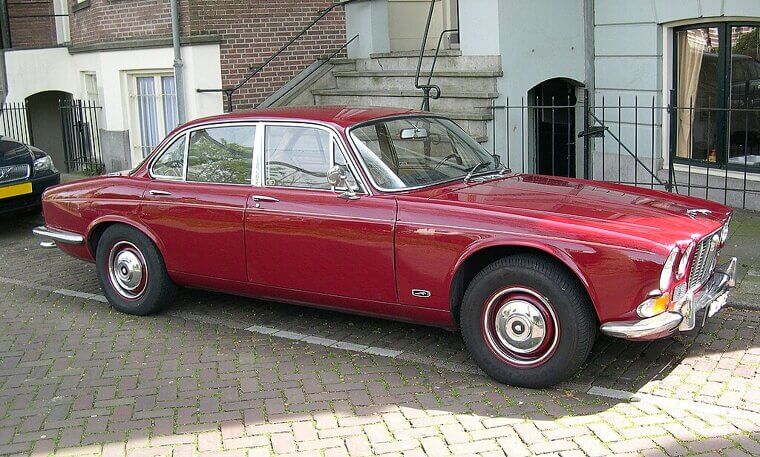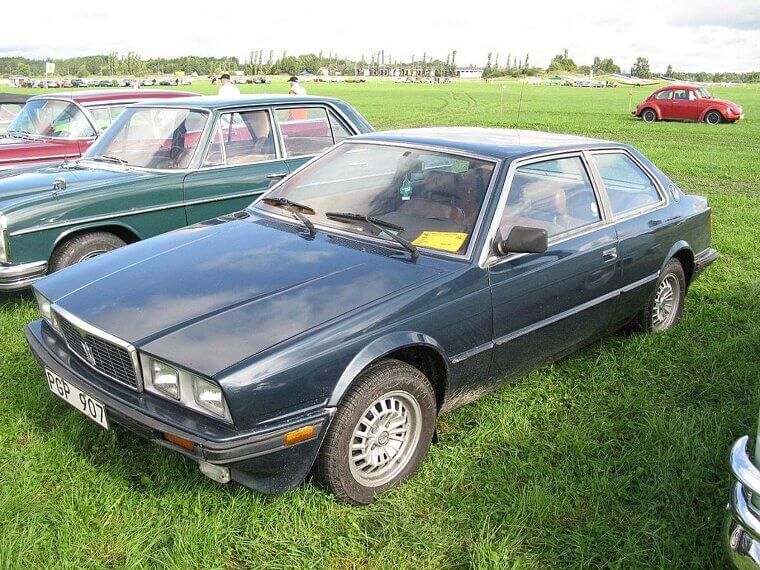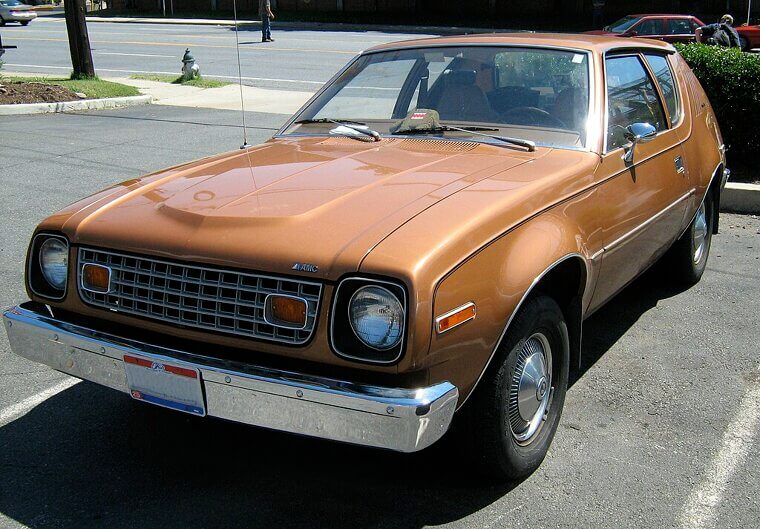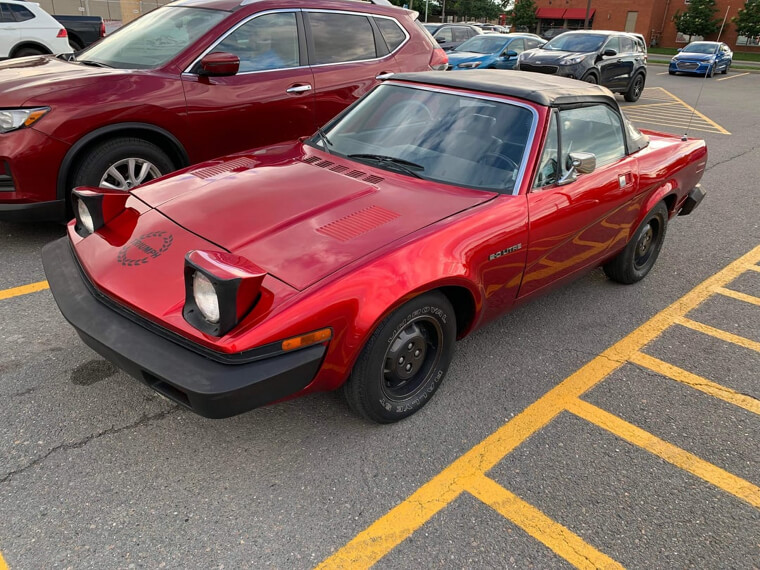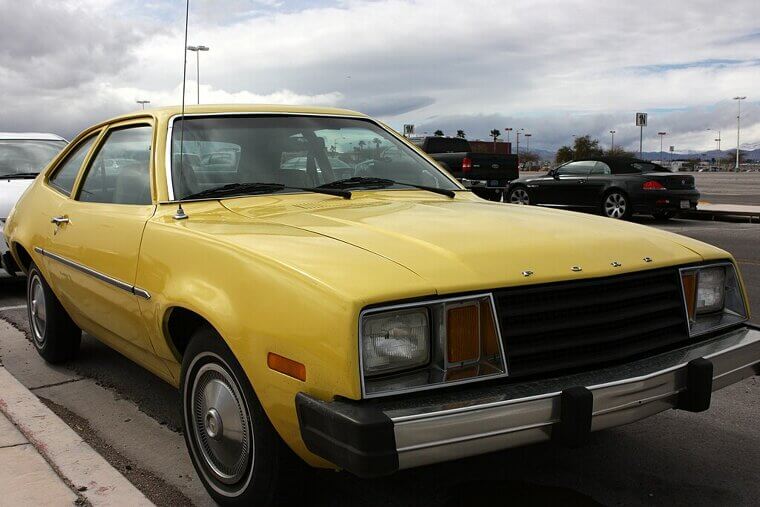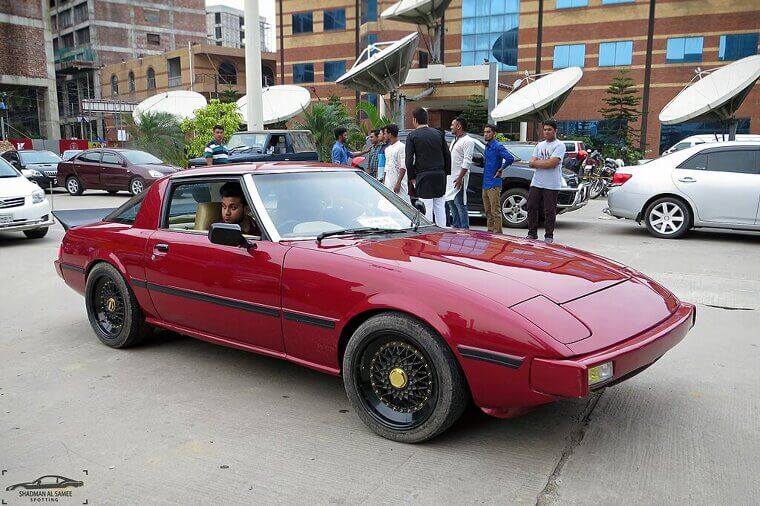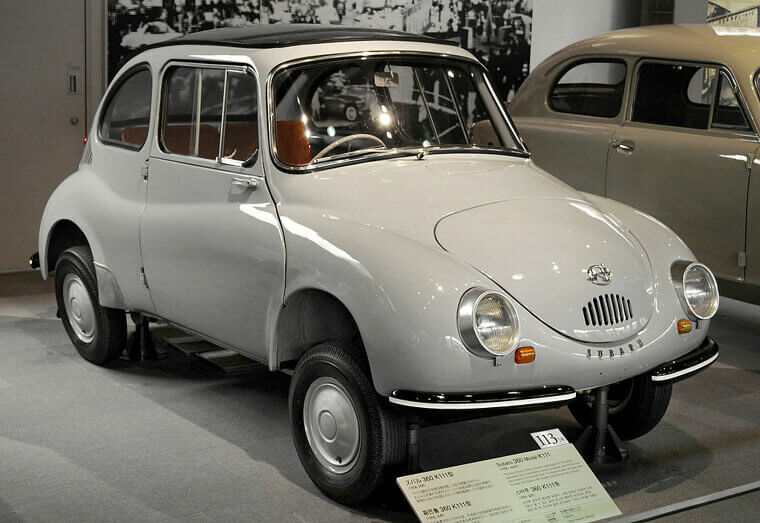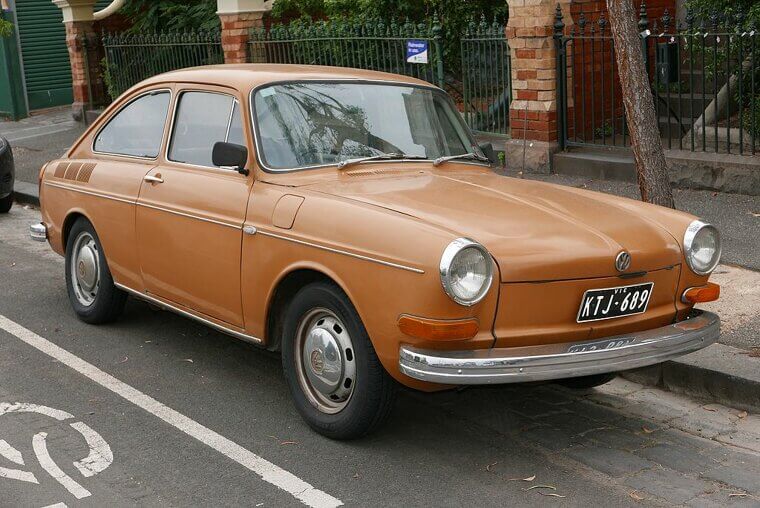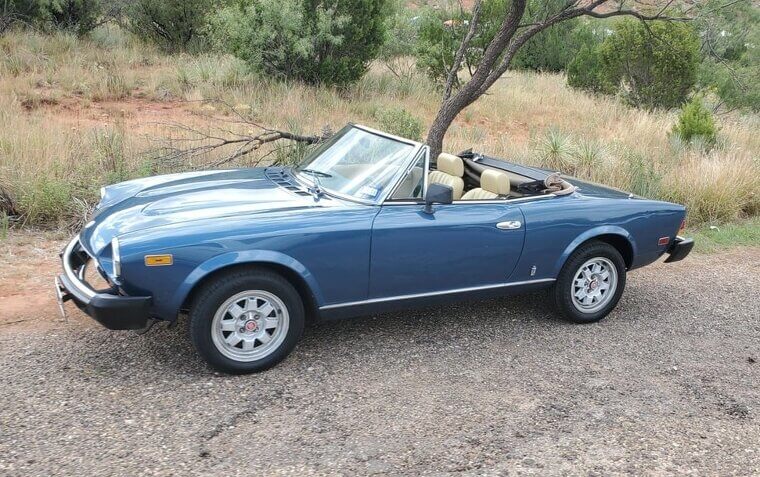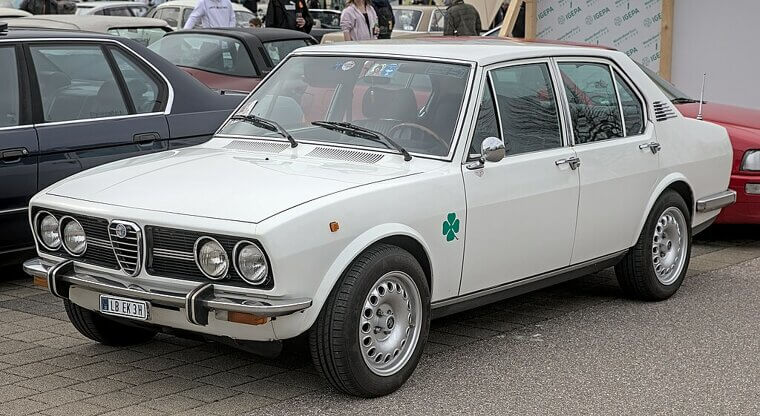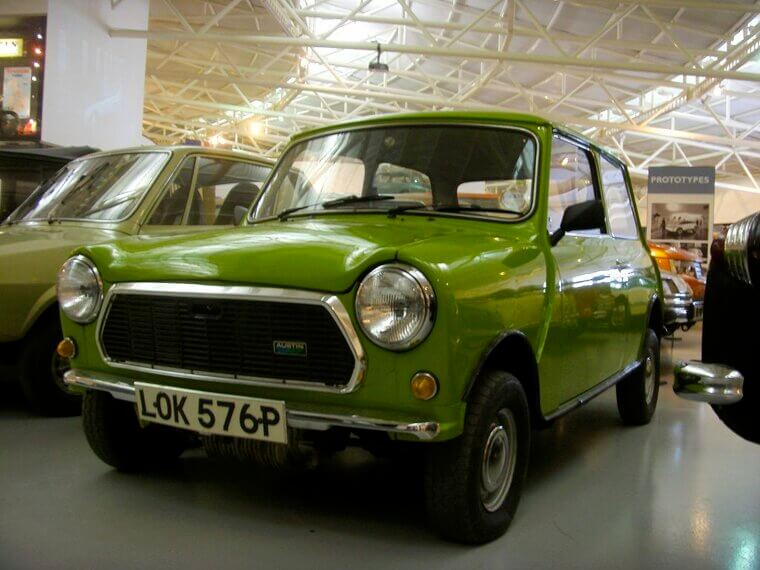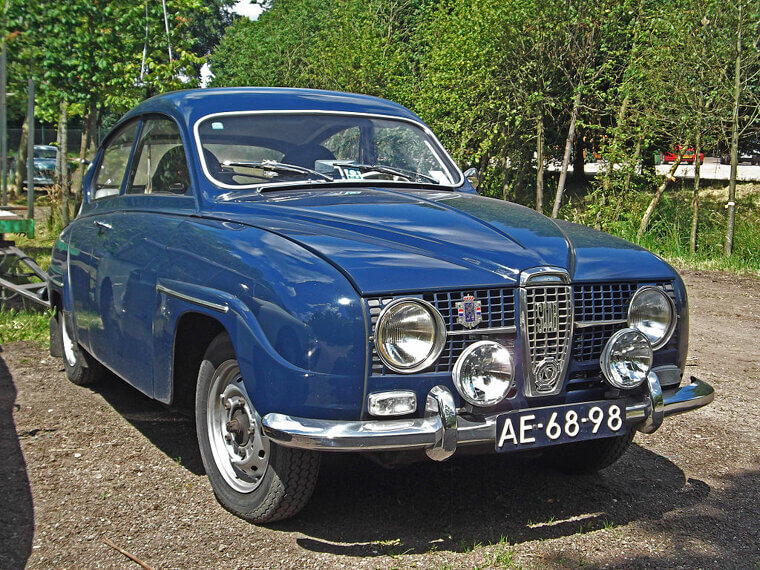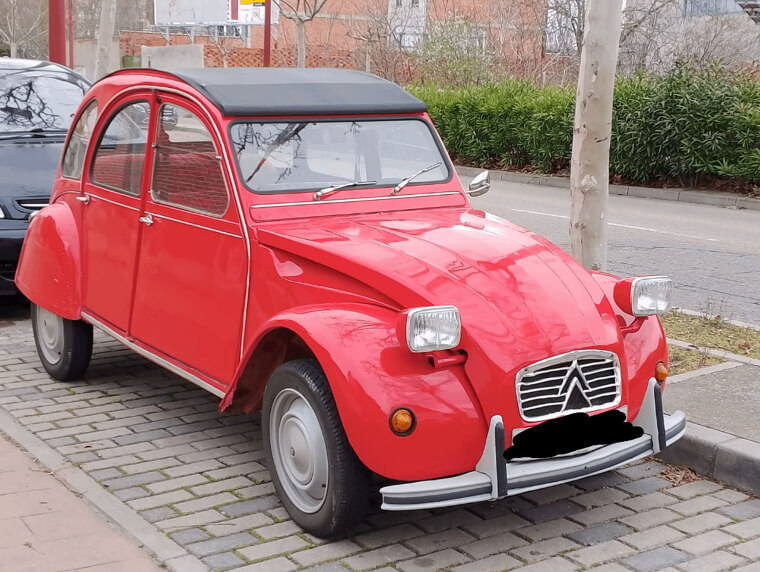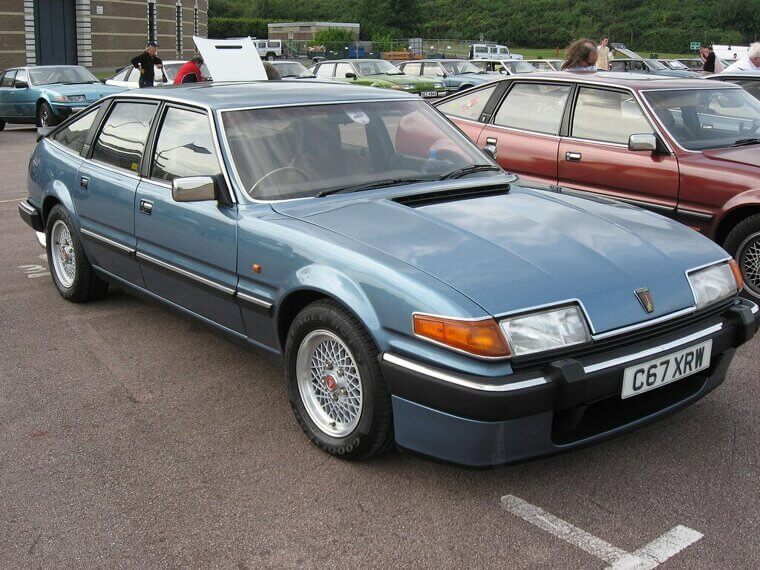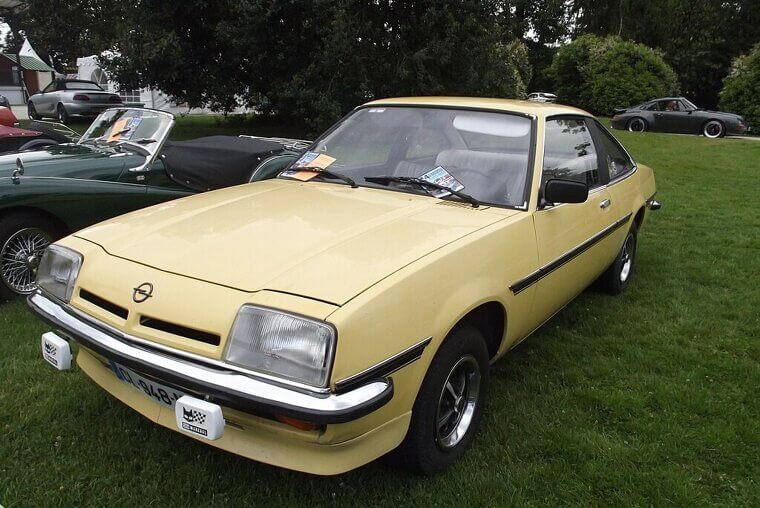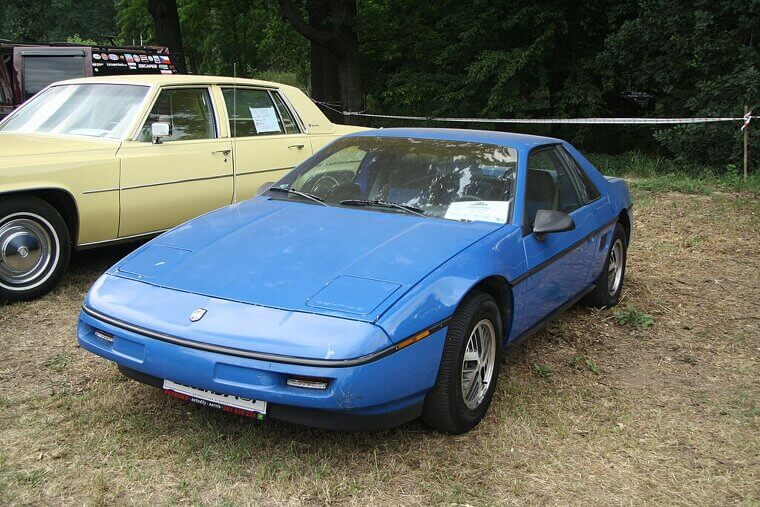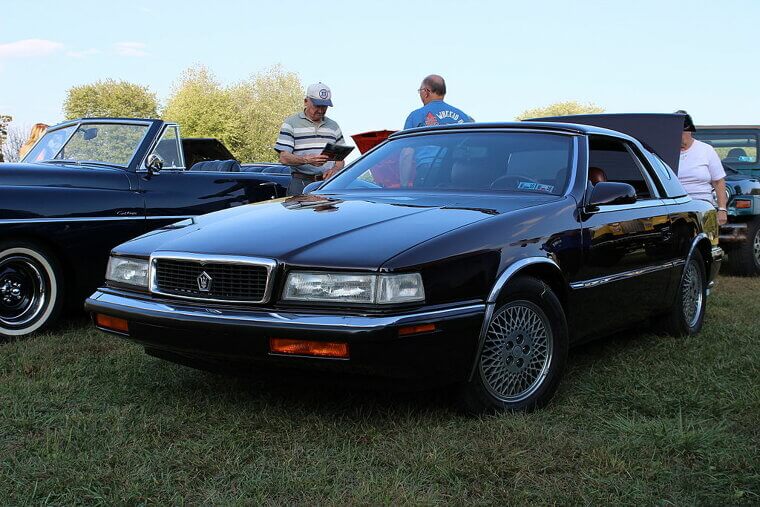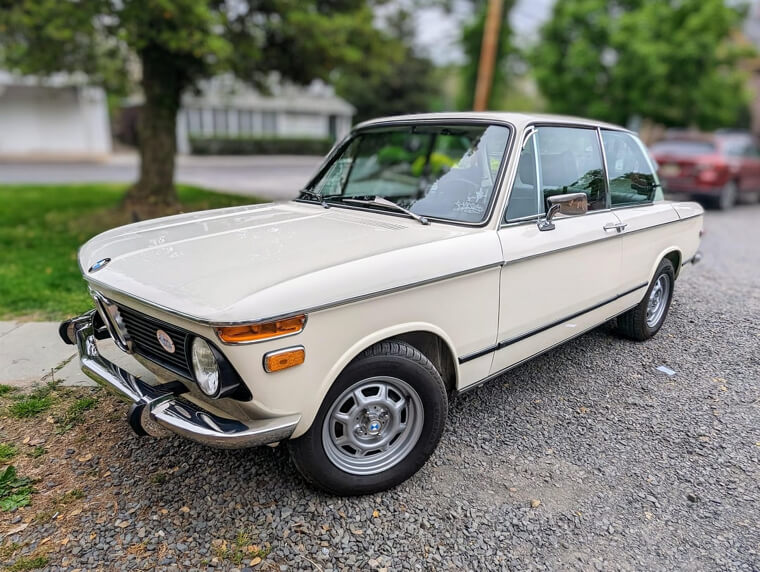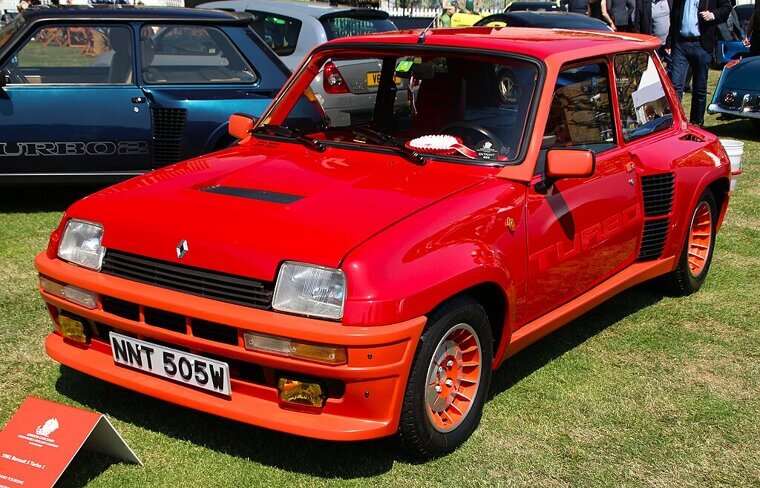Not All Classic Cars Were Made to Last
Do you know the phrase “they don’t make them like they used to?” It’s generally used to harken back to the good old days, but in some instances, it’s a good thing! Despite coming from the days of DIY mechanics and solid engineering, these vehicles are notoriously fragile.
Jaguar E-Type (1961–1975)
Dubbed by Enzo Ferrari as “the most beautiful car ever made,” the E-type looked like a dream, but it was a nightmare under the chassis. Lucas “the Prince of Darkness” electronics infested it with electrical gremlins, the cooling systems overheated and it leaked oil like constant tears.
Triumph Stag (1970–1977)
Nicknamed “the Great British Breakdown,” the Stag was another vehicle cursed by Lucas, but that was just the beginning. Its Frankensteinian 3.0L V8 engine overheated and the cooling system created more steam than a sauna. The timing chain was prone to snapping randomly, too.
Fiat X1/9 (1972–1989)
The X1/9 handled super well when it actually worked, but between the engine-destroying timing belt failures and possessed electricals, those times were few and far between. What’s more, it collected rust like a philatelist collects stamps - except more frequently, and with greater passion.
Alfa Romeo Spider (1966–1994)
Finding fame thanks to Hollywood’s “The Graduate,” the Spider was sleek, sexy and, thanks to its numerous faults, shockingly high maintenance. Each unit came with complimentary oil leaks, flickering dash electricals and an unwillingness to start up in the cold. Early models were also rust magnets.
MG MGB (1962–1980)
MGBs are comparatively easy to fix, but they have a lot of faults, from failing curberators to gearbox gripes (especially on the early models) and the Lucas-cursed electronics. Oh, and these things loved rust so much they practically bathed in it.
DeLorean DMC-12 (1981–1983)
Despite what “Back to the Future” would have you believe, the DMC-12 was a stainless steel slowpoke of a car with nightmare electronics and poor build quality (it was constructed by pressured, untrained staff). Despite all that, pop culture has made it an iconic legend, even if it’s more of a garage piece than road-worthy.
Citroën SM (1970–1975)
When you combine Citroën tech with Maserati design, you get the SM - promising on paper, but woefully disappointing in practice. Simple fixes needed specialist attention, while the more advanced parts like its self-leveling suspension sent maintenance costs nuclear.
Renault Dauphine (1956–1967)
The Dauphine suffered from brake fade, which meant its insignificantly small drum brakes on each corner whispered polite requests rather than demanded stops. It was classed as “unsafe at any speed” before the phrase was popular!
Lotus Esprit (1976–2004)
Early Lotus models were so unreliable it got a nickname: “Lots Of Trouble, Usually Serious.” The Esprit is no exception, cursed as it was with the mostly broken Citroën SM gearbox and the initially fun turbo boost model that had a rapidly degrading turbo.
Austin-Healey 3000 (1959–1967)
Lucas got its claws into the 3000’s electronics systems, so many owners wired their own fixes in to get their headlamps working. Beyond that, you’re looking at a suspension that promised cracked frames (and driver tailbones), and a body that rusted as you watched.
Ferrari Mondial (1980–1993)
When you need to remove an entire engine to replace a belt, you know something’s wrong! That was the case with the Mondial, and missing just one regular service could result in engine failure. Assuming you could get the caer to start, that is; the electricals liked to tease drivers.
Chevrolet Corvair (1960–1969)
Ralph Nader used the Corvair as a springboard for his career, citing its rear swing-axle in his book “Unsafe at Any Speed.” It did have other problems (hello, oil leaks and cooling issues) which were fixed by 1965, but by then its reputation had tanked.
Yugo GV (1985–1992)
Made in Yugoslavia and sold in the States as the cheapest car ever made, it lived up to that name - and it came at the cost of build quality. Literally everything went wrong with it, and most were actually falling apart in the dealerships.
Lancia Beta (1972–1984)
The Beta handled great, but it’s where rust went to settle down and live a fulfilling life. It was so bad that the subframes were known to detach! It suffered from poor build quality too, with misaligned panels and unreliable electrics. The Beta almost buried Lancia’s UK reputation permanently.
Peugeot 504 Coupe (1969–1983)
Like a flighty French lover, the 504 coupe was a real looker but left you stranded high and dry in the morning with an empty wallet. Replacement parts were hard to source,the electrics belonged in a haunted house and the fuel-injected models had their own special kind of misfiring tricks.
TVR Griffith (1991–2002)
The Griffith was loud, fast and exciting for a while, until you peered behind the veneer and noticed the problems creeping in. To begin with, its terrible interior build and spaghetti electrical wiring were questionable, then in the summer it overheated. Goodbye, fans and radiators!
Jaguar XJ6 (Series I & II) (1968–1979)
The Griffith is largely considered a gorgeous saloon, but alas, that beauty is only skin deep. Lucas got its hands on the Griffith, and that was the least of its troubles - the more pressing matter was its tendency to hemorrhage oil and overheat.
Maserati Biturbo (1981–1994)
The Biturbo’s boosts were great when they worked, but they were plagued by lags and failures. Between that, the rust and the electrics that rebelled as if they had a grudge against you, this was a vehicle that made mechanics hide and pretend they weren’t home.
AMC Gremlin (1970–1978)
Essentially a car chopped in half, the Gremlin was as ugly as its namesake in a charming sort of way, but the misaligned panels and rattling interior made it hard to love. It wasn’t prepared for extreme weather, either; snow would dissolve it like acid.
Triumph TR7 (1974–1981)
With the TR7, it wasn’t a case of “if” the head gaskets blew - it was only a matter of time. The electricals were shocking too, but the real surprise was its build quality; sometimes, you got a good model, though the majority of them were a mess.
Ford Pinto (1971–1980)
Sure, in northern climates rust left the Pinto in pieces and the build quality was shoddy as best, but the elephant in the room was the vehicle’s infamous rear-mounted gas tank that exploded in collisions. It was corporate negligence on wheels, with lawsuits to prove it!
Mazda RX-7 (early Models) (1978–1985)
While the RX-7 gathered a cult following among tuners and tracers, the untouched early models were both revered and feared for their rotary Wankel engines. They chugged both fuel and oil, but the apex seal failures were the real problem. They overheated when poorly maintained (which was often).
Subaru 360 (1958–1971)
Even though the 360 helped establish the Subaru brand, it was a tire fire - not literally, because it couldn’t pick up enough speed, but its two-stroke engine was essentially a smoke machine. Consumer Reports branded it “not acceptable for use on US roads.” Yikes.
Volkswagen Type 3 (1961–1973)
The Type 3 was one of the early fuel injection models, which meant it was a test bed for the technology - and boy, did it show! The problem wasn’t just that it broke down; between the hard-to-source parts and the mechanics left scratching their heads, fixing it was a nightmare for all involved.
Fiat 124 Sport Spider (1966–1985)
Pininfarina designed this stunner, so aesthetically, it was art… but it belonged in a gallery, not on the road. This was largely due to timing belt snapping that destroyed cylinder heads, and so much as a hard glance could break the interior.
Alfa Romeo Alfetta (1972–1987)
The Alfetta was a pleasure on its best day, but on its worst? It didn’t just have gremlins tearing apart its electrical systems; they had a frequently-visited holiday home in the gearbox too! Then there was the rust, which struck regardless of whether you kept the vehicle indoors or not.
British Leyland Mini (late Models) (1970s–1980s)
The classic Mini is an icon, but the British Leyland models were as reliable as a wet paper bag. If the rust didn’t make it vanish first, it fell to the evils of its own leaky Hydrolastic suspension system. Build quality was more of a suggestion during assembly, too.
Saab 96 (1960–1980)
The two-stroke engine smokescreen struck again with the 96, and if you forgot to manually mix the oil and the fuel you could wave goodbye to the engine. It ran awesomely on ice and snow so it was a rally legend, but on asphalt it was underwhelming.
Citroën 2CV (1948–1990)
The 2CV had a famous floaty ride, designed so farmers could drive over fields of eggs without cracking them. For some reason. The ride quality was an enigma though, so diagnosing it was like codebreaking.
Rover SD1 (1976–1986)
The V8 SD1 could move quick enough - it was a favorite of the UK police service - but British Leyland’s lack of quality struck again! Panels misaligned, doors didn’t close reliably, and sometimes its paint was peeling before you got it home.
Opel Manta B (1975–1988)
The Manta B looked like a street racer, but didn’t have the performance or the resilience to back it up! Instead, it could go rusty if you looked at it with watery eyes. Alongside the electrical weirdness - which is obligatory, at this point - its suspension parts were also cheap and aged like milk.
Pontiac Fiero (1984–1988)
As if the Fiero’s misaligned panels and poor interior quality wasn’t bad enough, thanks to GM’s corner-cutting it had much more serious problems to contend with, such as its tendency to spontaneously combust. Yeah, oil leaks and overheating combined to set the Fiero on fire.
Chrysler TC by Maserati (1989–1991)
When you combine the American Chrysler brand with Italy’s Maserati, you get the TC, and they’re both sorry for it. It had the strengths of neither brand but the weaknesses of both, including American/Italian Frankensteinian electrical wiring and questionable build quality.
BMW 2002 (1968–1976)
If you wanted a forever project car, the BMW 2002 was the one for you; you’d be working on it until judgement day. It drove great when it was operational, but that was in between its broken fuel system, rare replacement parts and fuses that popped like balloons.
Renault 5 Turbo (1980–1986)
The 5 Turbo was a rally icon, which makes sense considering it was constantly serviced by a pit crew. Without one, you have to source niche parts, fix temperamental electrical systems and deal with an overheating engine and turbo system. By yourself.


